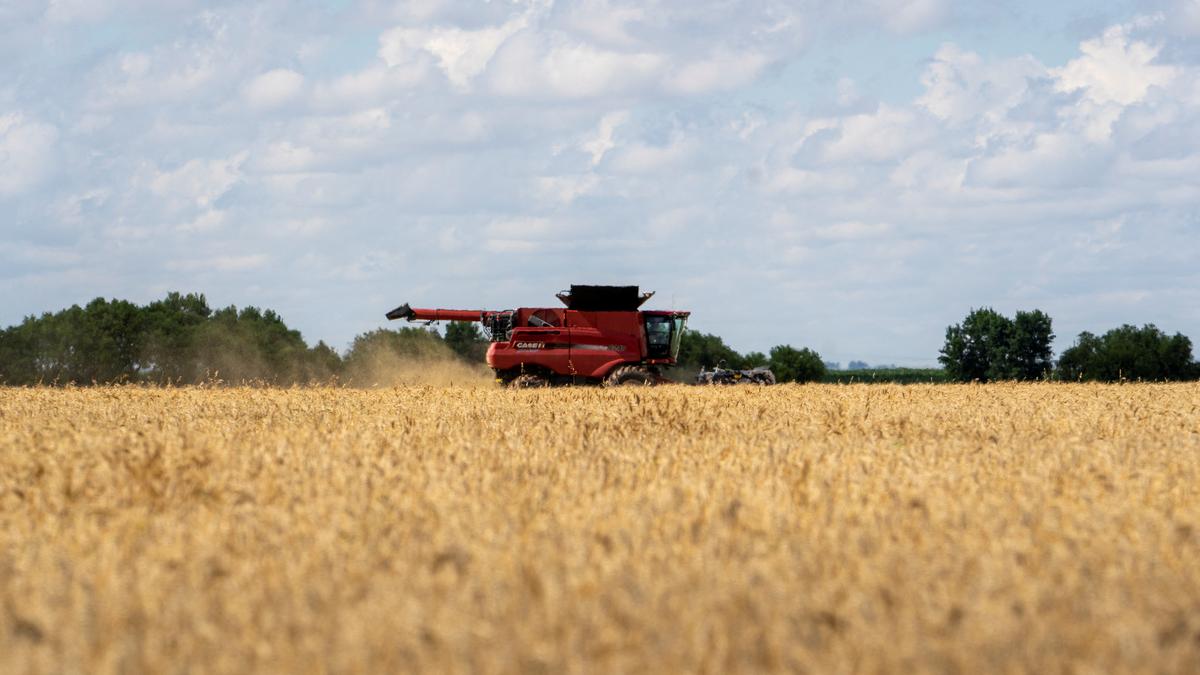Rising Evaporative Demand and Thirstwaves

- 26 Jun 2025
In News:
The rising evaporative demand—a measure of how thirsty the atmosphere is—is spotlighting India’s significant data and research gaps related to climate extremes, water stress, and agricultural vulnerability. While global studies are increasingly focusing on "thirstwaves", India lacks adequate research and monitoring frameworks on this critical issue.
What is Evaporative Demand?
- Evaporative demand indicates the near-maximum amount of water that would evaporate from land or vegetation if enough water is available.
- It is not equivalent to actual evaporation, which also depends on water availability.
- Driven by atmospheric factors:
- Temperature
- Wind speed
- Solar radiation
- Humidity
- Cloud cover
High evaporative demand leads to quicker drying of soil and vegetation, increasing drought risk, crop stress, and wildfire susceptibility.
What is a Thirstwave?
- Coined by MeetpalKukal (University of Idaho) and Mike Hobbins (NOAA/University of Colorado).
- Definition: Three or more consecutive days of abnormally high evaporative demand.
- Drivers: Combination of high temperature, low humidity, high solar radiation, and wind speed.
- Impacts:
- Reduces water availability for crops.
- Stresses vegetation.
- Increases fire danger.
- Accelerates drought onset and intensification.
Unlike heatwaves driven by temperature alone, thirstwaves are multi-dimensional and can be more damaging to crops and ecosystems.
Scientific Findings & India-Specific Observations
Global Evidence:
- Kukal& Hobbins’ study (published in Earth’s Future) noted:
- Increased frequency, intensity, and duration of thirstwaves in the U.S.
- Reduced likelihood of zero-thirstwave periods during growing seasons.
India’s Research Gap:
- Chronic shortage of real-time data on evaporative demand and extreme events.
- 1997 Study (Chattopadhyay &Hulme):
- Analyzed 30 years of IMD data.
- Found declining evaporation and potential evapotranspiration, likely due to increased humidity, despite warming.
- Projected future temperature rise would eventually override humidity effects, increasing evaporative demand.
Recent Developments in India:
- IIT Roorkee, NIH & European collaborators (2022):
- Studied 100 river sub-basins.
- Found highest rise in actual evapotranspiration in Northern India, Western Himalayas, and Eastern Himalayan regions.
- Interpreted as signs of increased vegetation or agricultural expansion.
Measurement Techniques:
- Standardised Short-Crop Evapotranspiration:
- A simplified metric to measure water demand of a 12 cm tall, healthy grass under ideal moisture conditions.
- Recommended for crop irrigation planning.
- Rising values signal increasing atmospheric demand and need for adaptive water management.
Implications for India:
- Agriculture and Food Security:
- India’s irrigated crops, especially rice and wheat, are vulnerable to atmospheric water demand.
- Rising thirstwaves threaten to decrease productivity even in well-irrigated regions.
- Water Resource Management:
- Increases soil moisture stress and reduces groundwater recharge.
- Calls for real-time tracking systems for evaporative stress.
- Disaster Preparedness:
- Thirstwaves may precede or exacerbate droughts and wildfires.
- Regions not traditionally drought-prone may still suffer from evaporative shocks.
- Research and Monitoring Needs:
- Lack of indigenous data on thirstwaves.
- Current efforts:Ongoing Indo-U.S. collaboration (University of Idaho & NIT Jalandhar) aims to map South Asian thirstwaves under the Water Advanced Research and Innovation Program.
Way Forward:
- Integrate evaporative demand and thirstwave parameters into IMD's early warning systems.
- Promote region-specific studies on crop sensitivity to evaporative demand.
- Develop adaptive irrigation protocols based on short-crop evapotranspiration trends.
- Sensitise farmers, water managers, and policymakers on atmospheric water demand risks.
- Invest in climate-resilient agriculture and data-driven water governance.
